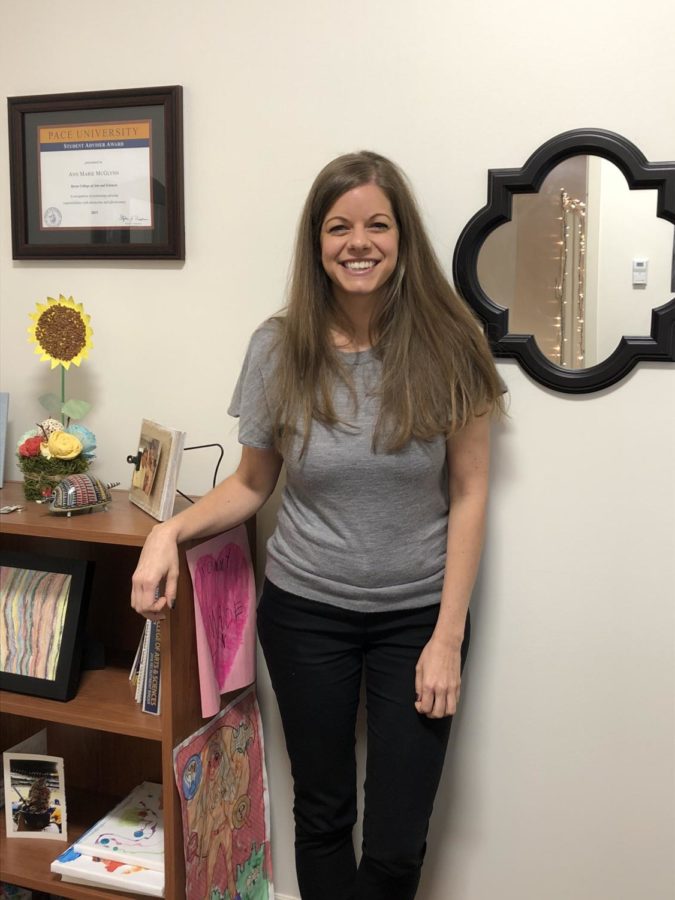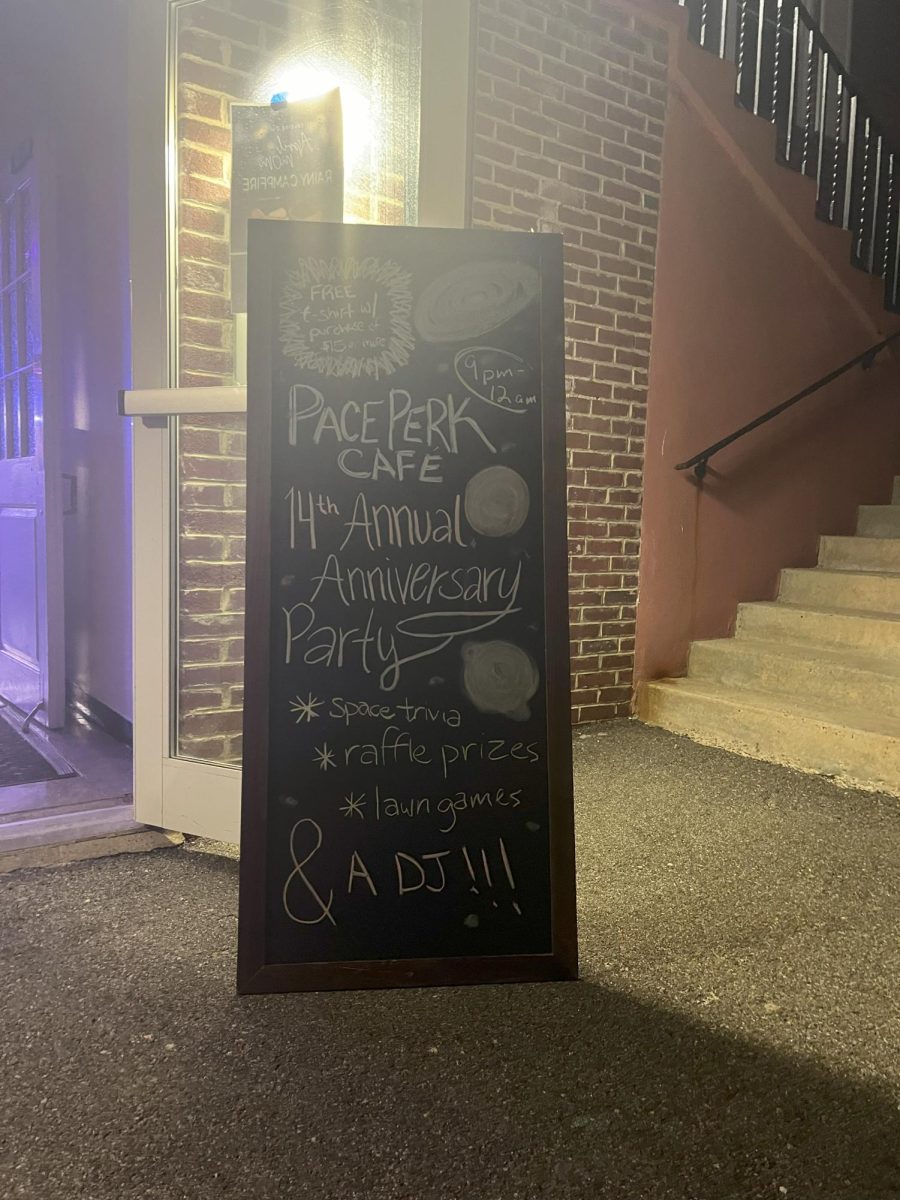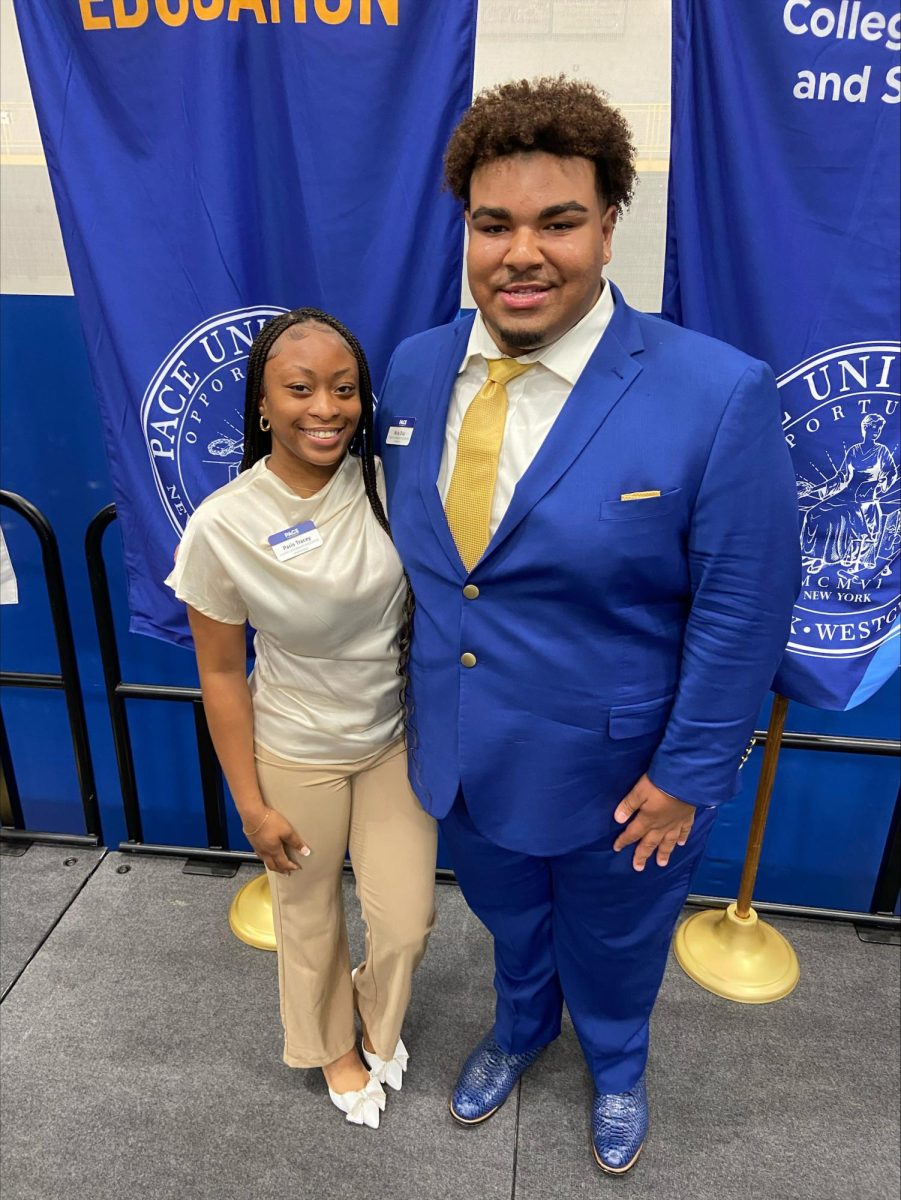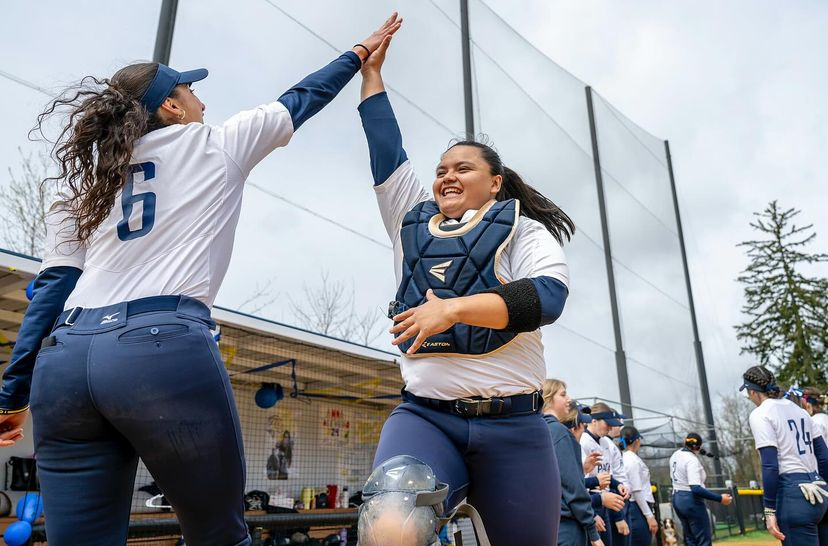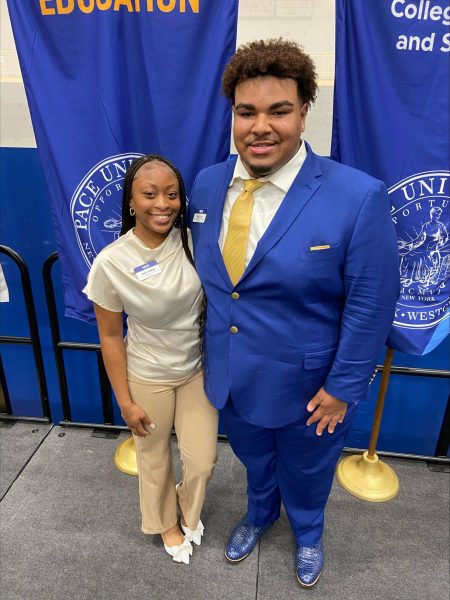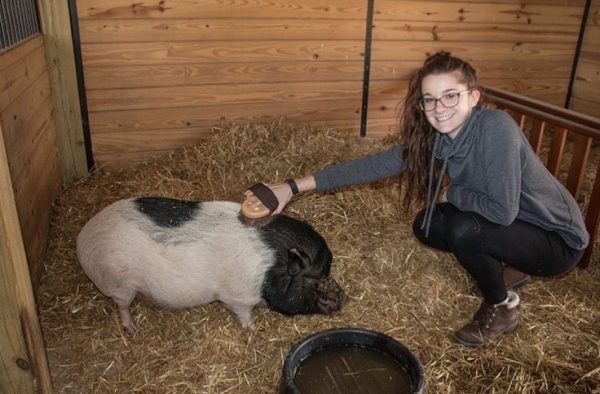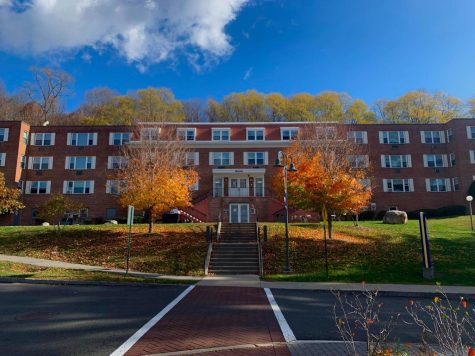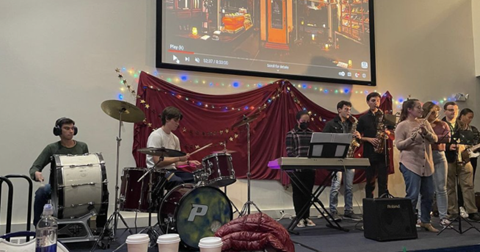Learning Communities Set to Enhance First-Year Experience
Ann- Marie McGlynn, academic advisor, says the biggest benefit of learning communities is the familiarity of the students in the classes
December 8, 2018
Learning Communities made their way onto the Pace graduation requirement worksheets in 2003. The idea steamed from students understanding the connection of two classes with each other. In addition, this community environment provided collaborative efforts for professors to work together, as well as, students to work together to reach the highest academic standard.
The initial concept of learning communities was intended for first-year students to enhance their university experience and keep their retention within universities. Furthermore, learning communities feature the same group of students to help create comfort and friendships among the students.
Dyson academic advisor Ann-Marie McGlynn addressed the importance this requirement has for first-year students.
“I think its most valuable [for students] in their first year to build a learning connection,” McGlynn said. “Seniors cannot get as much from it as a student in their first academic year.”
McGlynn also explained the impact and possible benefit learning communities have during the adjustment stage to college.
“I think the benefit is that students have a guaranteed group of peers around them who will be a constant in their semester,” she said. “I think it’s also a benefit that faculty members will be working together and we’ll be aware of the curriculum being taught in a different discipline. It shows students how disciplines work together. Sometimes, students don’t see connections if they were signed up separately.”
One of the popular learning communities, specifically for science and nursing majors, is the lecture combination of General Biology and General Chemistry. Nancy Krucher, a biology professor, has been teaching a learning-community section for about 10 years.
Krucher says the relation between biology and chemistry is already pretty strong, but that the learning community could enhance it. However, she said that she believes the concept of learning communities would be more beneficial if it was between two subjects where the connection was not as clear.
Krucher used the example of a history and art class, and suggested that instead of them going sequentially, students can take them at the same time.
Another idea swirling around Pace faculty is connecting a University 101 class to a major specific class and making that a learning community.
“It would simplify things, it would enable us to accommodate every single student in their first semester,” McGylnn explained.
Although the concept of learning communities brings many pluses, it also has its negatives to it.
Scheduling learning communities into one’s schedule can be quite challenging and frustrating for the students.
“A student may need to leave out a class they really want to take in order to accommodate the hours needed for a learning community and there are times where students want to take one class but not the other half. So at first glance it may not be ideal,” stated McGlynn.
Public Relations major Victoria Rooney says she had a difficult time scheduling a learning community to fit with the other classes she wanted to take for her major. The freshman would like to see more options available in the future.
“We have a good amount [of learning communities], but many overlapped with class I needed so I couldn’t take the select,” she said.
Rooney says that she wishes there were more options for non-freshman so she could fit them in later.
According to the Center for Engaged Learning, well- designed learning communities have been proven to increase GPAs, the retention rate and student satisfaction, among many other things.
“It wasn’t a let’s just add another requirement to the already extensive core curriculum,” McGlynn said. “It was a tool that they wanted to use because if students were connecting with each other and classes were complimenting each other it will be a more valuable experience.”

